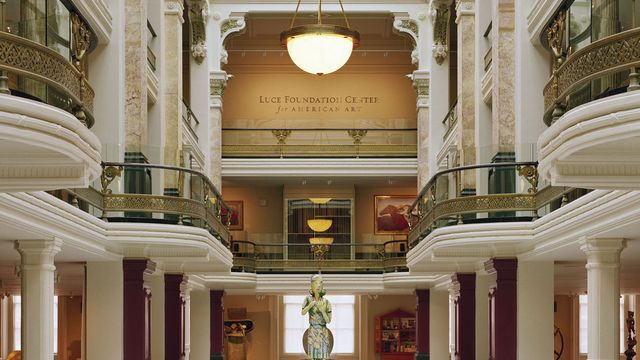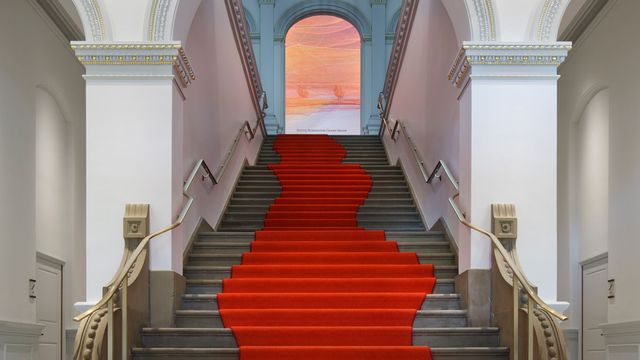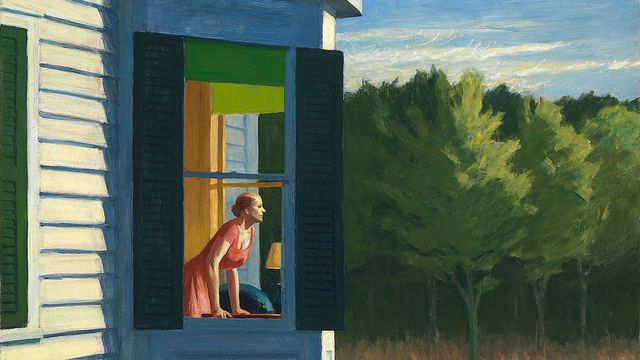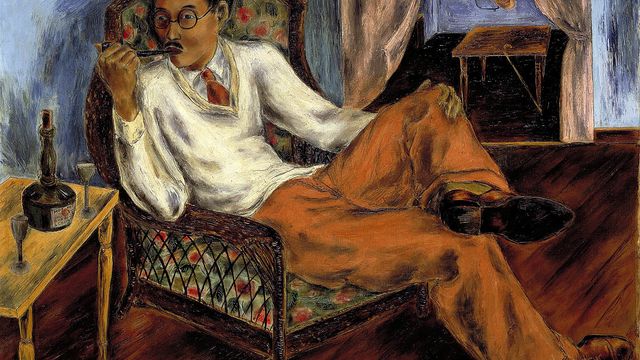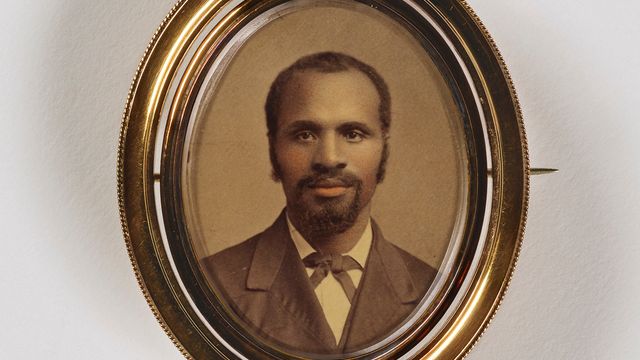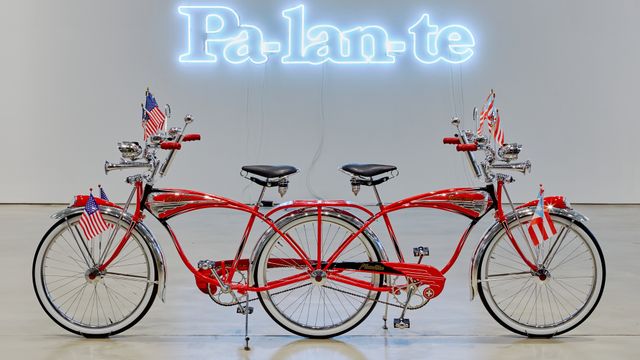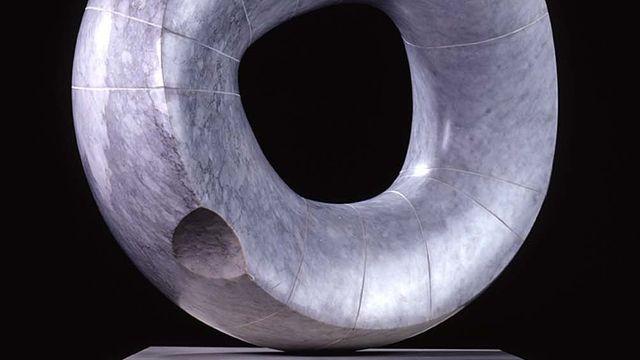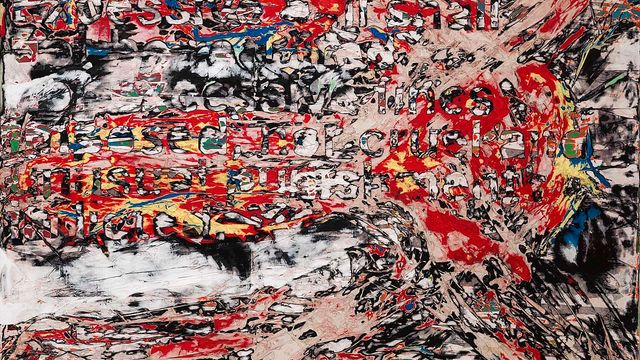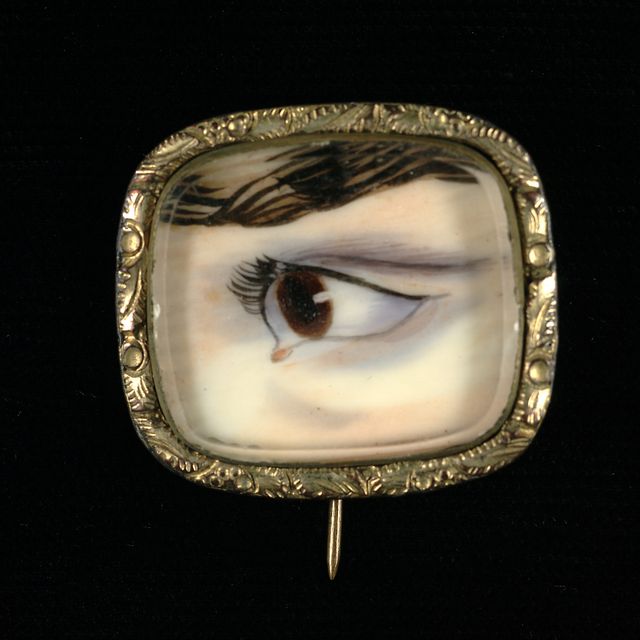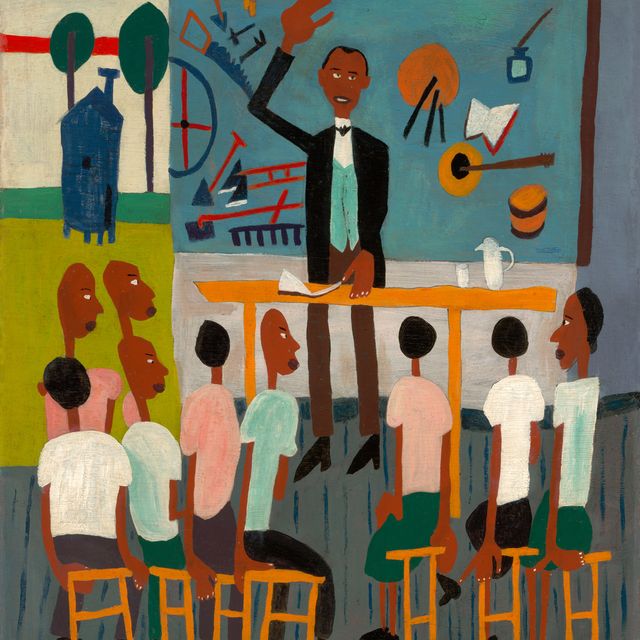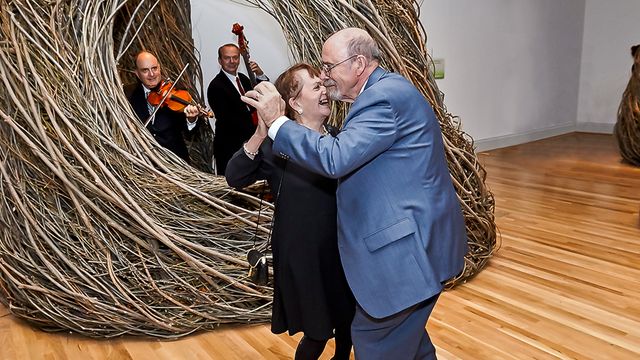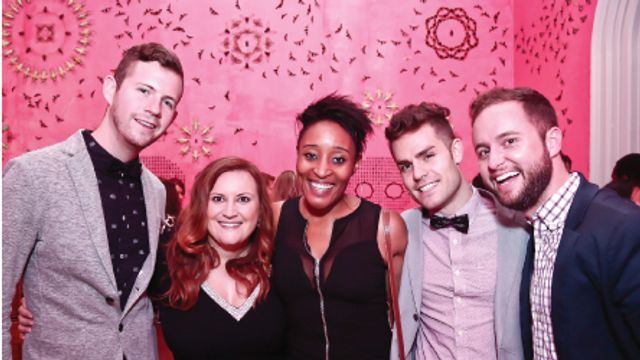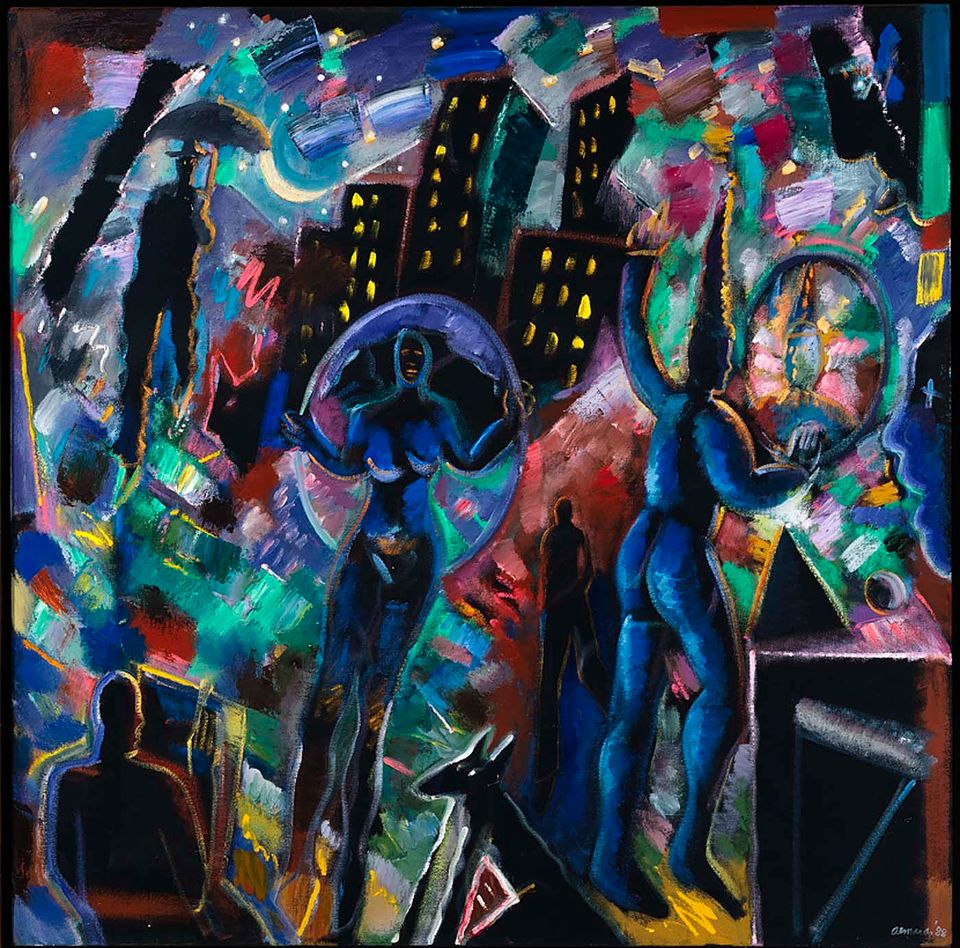Ruben Trejo
- Also known as
- Rubén Trejo
- Born
- St. Paul, Minnesota, United States
- Died
- Spokane, Washington, United States
- Biography
Ruben Trejo was born in a boxcar in the Burlington Railroad Yard in Saint Paul, Minnesota. His father worked for the railroad and his mother and siblings worked the fields as migrant laborers. Trejo recognized that Chicano artists were experiencing "cultural doldrums," and as a way to "drive some life into our visual culture," he looked to ancient Aztec and Mayan codices for inspiration. At The Mexican Museum in 1992, Trejo was among several artists commissioned to make collective works that symbolically gathered the lost picture books of the Americas, burned by colonial administrations during the Spanish conquest.
Codex for the 21st Century [SAAM, 1998.118A-VVVV] represents another step in that direction, although Trejo communicates in a language that the viewer can only attempt to understand. This deceptively simple work allows the viewer to assume the role of an archaeologist discovering a new, not-yet-deciphered language while engaging in a dialogue about art and culture. As a Náhuatl poet wrote many years ago: "I sing the pictures of the book and see them spread out; I am an elegant bird for I make the codices speak within the house of pictures."
Against a stark background, one hundred pairs of nails twist around one another, suggesting images of chromosomes, dancers—even, as Trejo points out, the Kama Sutra. The nails, which were specifically bent and rusted by the artist, can be reconfigured. The resulting images resemble abstract characters on a futuristic three-dimensional codex.
Jonathan Yorba Arte Latino: Treasures from the Smithsonian American Art Museum (New York and Washington, D.C.: Watson-Guptill Publications, in cooperation with the Smithsonian American Art Museum, 2001)

